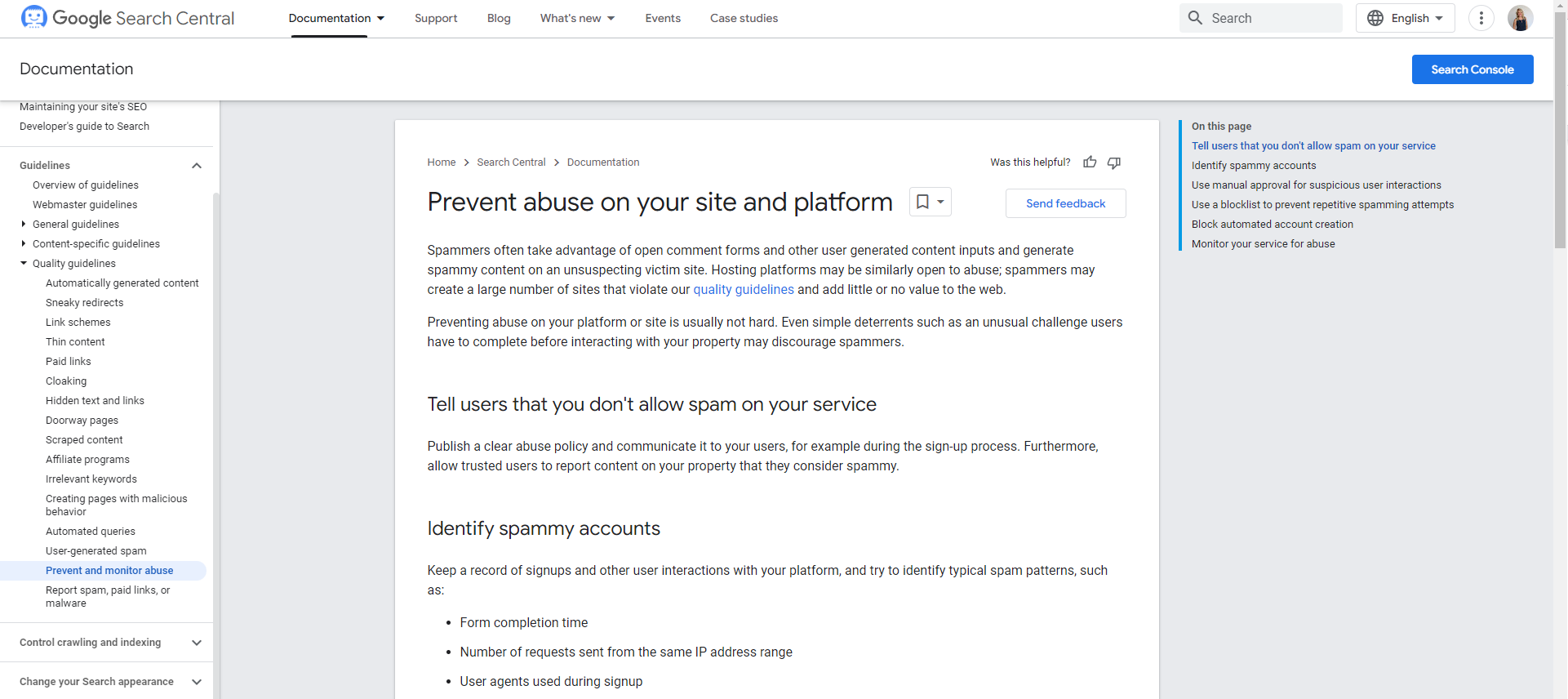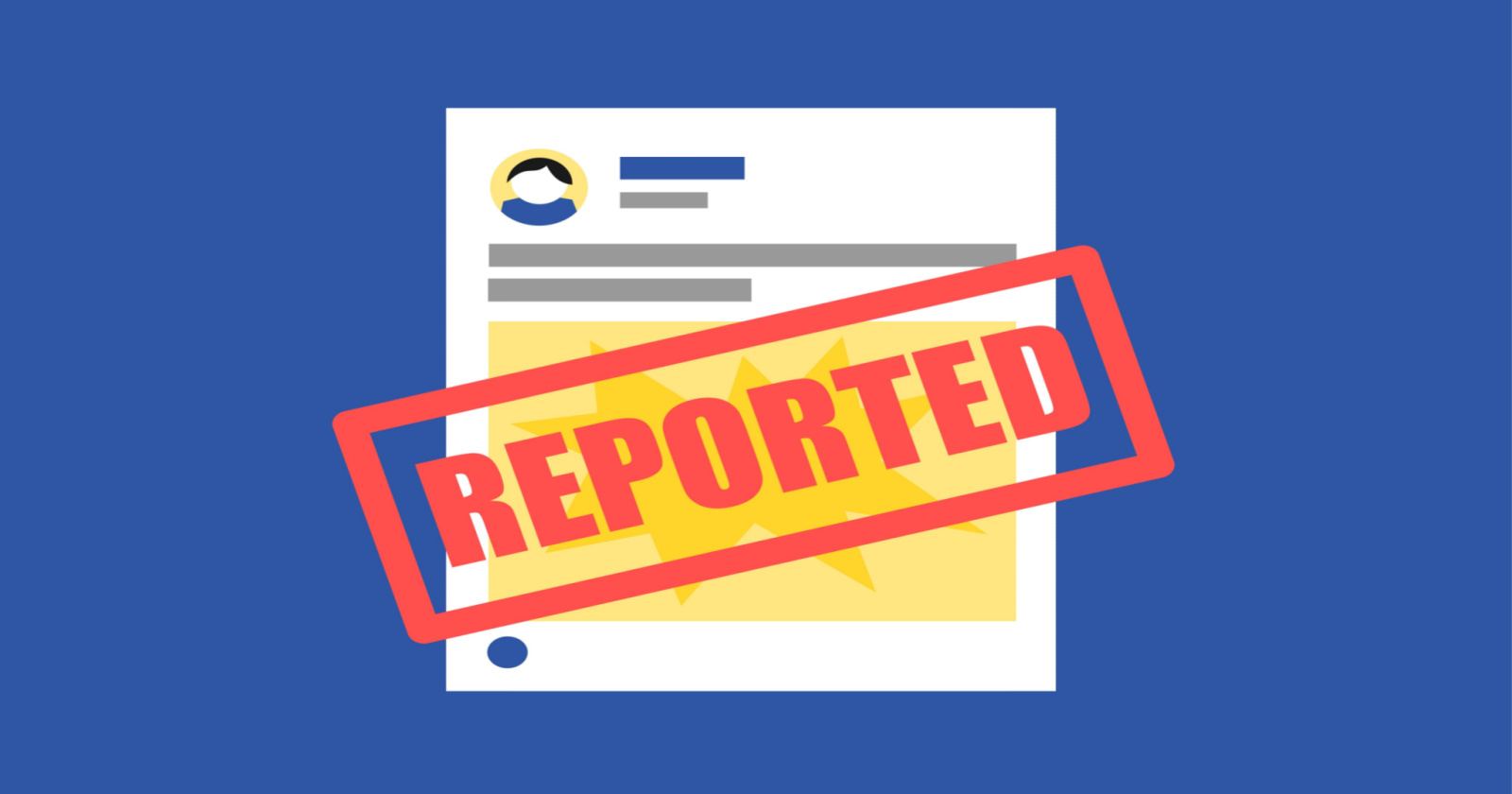In a welcome update for website owners, Google made clear changes to its spam and abuse resource center on Google Search Central.
The biggest updates include more robust suggestions to prevent abuse and identify spam accounts, instead of focusing on how to monitor for it.
Preventing Spam and Abuse
Previous to this page update, the first section discussed “Web hosting services that are available without payment”. It is now replaced with “Prevent abuse on your site and platform”.
The previous section seemed to focus on websites that used hosting services without payment. However, spam and abuse happens on even the most secure sites.
The new and improved language gives all website owners more content to take actionable, preventable steps to protect their website.
 Image: screenshot taken by author, September 2022
Image: screenshot taken by author, September 2022Suggestions from Google to help prevent site and platform abuse include:
- Publish a clear abuse policy during sign-up process
- Identify spam accounts by reviewing certain interaction patterns
- Use manual approval for suspicious user interactions
- Use blocklists to prevent repetitive spam attempts
- Block automated account creation
- Monitor site and platform for abuse
Additional new sections to the page include a combination of manual and automated approvals for suspected spam.
Google lists suggestions to identify and block certain IP addresses, as well as helpful plugins that can help automate the process.
Why The Change?
According to dataprot.net, almost 85% of all emails are spam. Now imagine the number of account creations you get on your website each day.
Website owners have had to be more reactive to this type of spam. As soon as one type of spam pattern is blocked, another one appears almost immediately.
This type of manual monitoring costs companies time, money, and efficiency.
Google has updated its developer guide to take a more proactive approach instead of a reactive one. By starting with how to prevent abuse in the first place, it can save companies vastly in the future.
Additionally, Google subtly changed its language to target all website owners, not just low-cost or low-budget websites. It’s a more inclusive approach to preventing spam and abuse for everyone.
Summary
Whether you’ve been in a reactionary state of spam and abuse management or a brand new website owner, read up on Google’s updated guide.
It provides actionable content and resources to help prevent additional abuse and spam from the start, giving you more security from the get-go.
